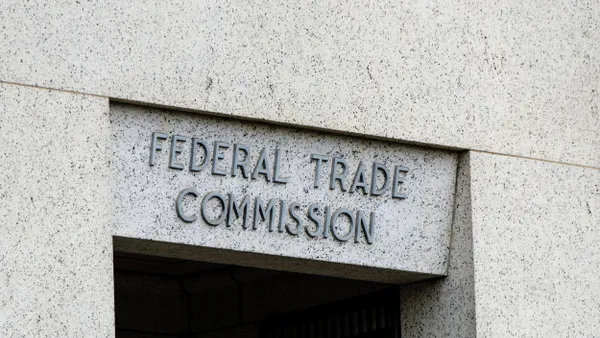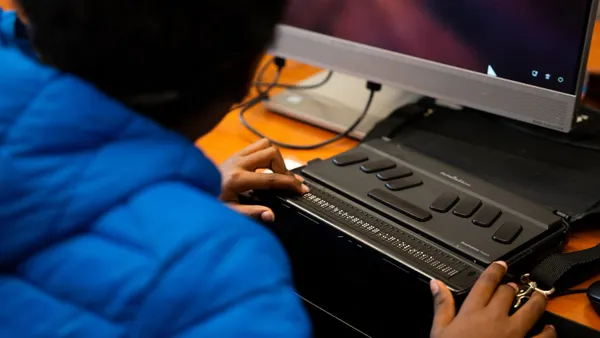Dive Brief:
- Rush to implementation and a lack of staff buy-in, clear strategy and student investment are all big reasons why blended learning programs fail in some schools, according to two officials at Meriden Public Schools in Connecticut writing for eSchool News.
- Perhaps the most overlooked reason why blended learning programs fail, said Superintendent Mark D. Benigni and director of curriculum Barbara A. Haeffner, is because schools don't update the org chart to reflect connections between data and teachers. Some positions can be combined or eliminated, and job descriptions should be updated to reflect how the data fits into the job.
- Promoting ownership between the technology and students and teachers is key to a successful program, the authors say.
Dive Insight:
There is no debate that blended learning is an important strategy in the shift to School 2.0. Introducing learning games into the classroom stimulates students and promotes higher engagement with the content, and technology allows for a more personalized approach to learning for students. Instead of moving at one pre-determined speed as a class, students who are allowed to take ownership of their own learning and advance at their own pace are more successful.
But district and school leaders can't allow the decisions to be driven by attractive vendor pitches, and there must be a clear strategy to guide adoption and implementation of any new program or initiative. Taking the time to not only train teachers and staff on how to use devices and programs, but seek their input into which devices and programs to use is key to the success of any technology rollout in schools. In some cases, schools are finding success with offering a dashboard of services and allowing each individual teacher to select which to use in their classroom, allowing teachers to own their own instruction rather than having the latest, greatest craze forced on them from above.











